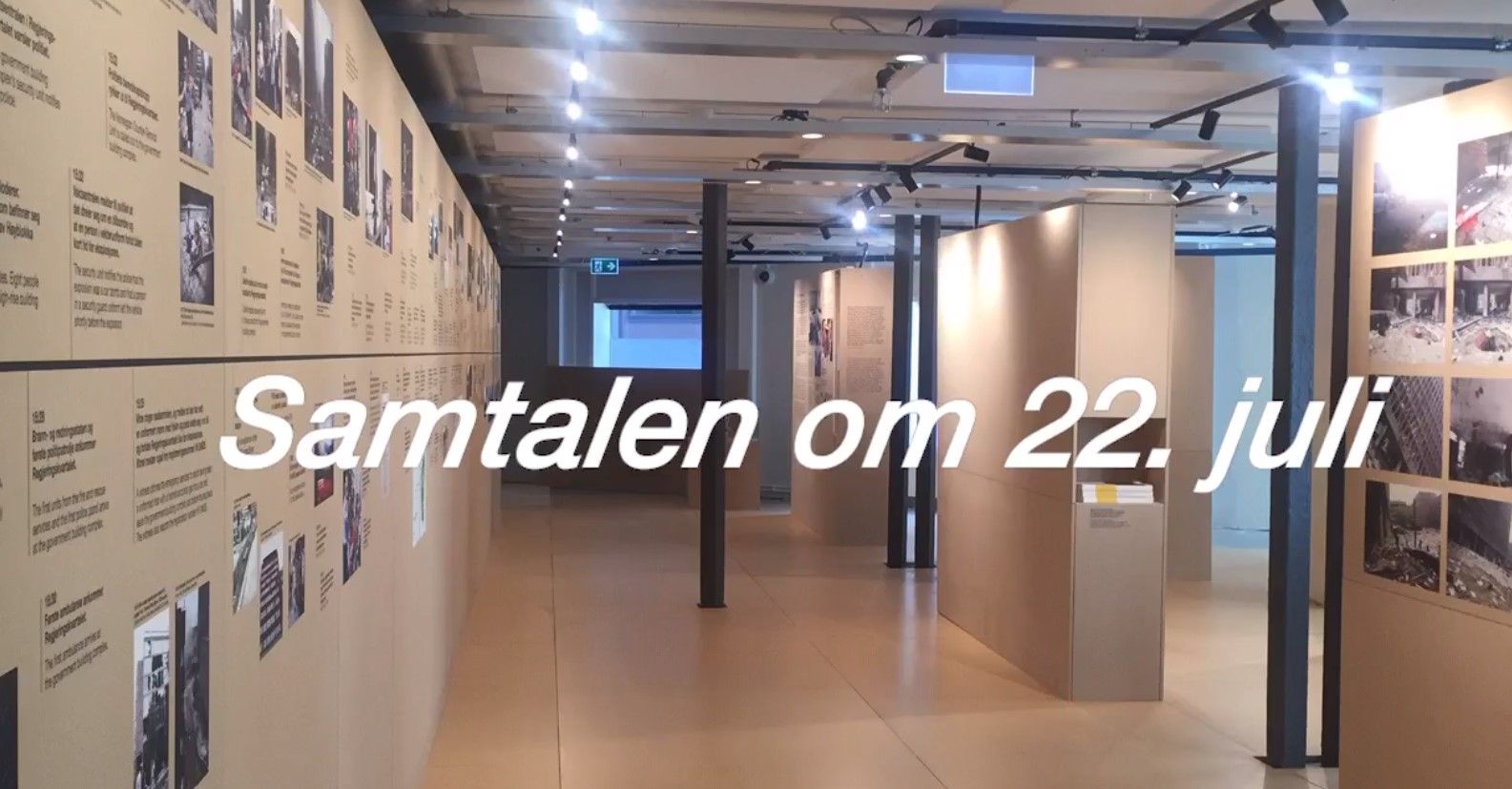PERMANTENT EXHIBITION
An exhibition that presents the course of events on 22 July 2011 through a timeline, and which highlights the subsequent attempts to explain the causes and consequences of the terror attack.
How do we make sense of 22 July? And what is the impact of the terror attack today and in the future? These questions are key to the exhibition. A minute-by-minute time line presents the course of events on 22 July 2011. The exhibition also includes different narratives present in Norwegian discourse today. The narratives attempt to understand the terror attack, its causes and consequences, and seek to explore the impact of 22 July 2011 today and in the years to come.
Some of the narratives presented in the exhibition are well-known and will immediately resonate with the Norwegian people, while others have been more in the background. Some have been controversial and difficult. These narratives about 22 July live side by side in Norway today. They all contribute to the public conversation about 22 July.
Many people are living a life that will be forever marked by 22 July, by great loss, memories of bottomless grief, and the fight to survive and continue living.
Others will never forget where they were, and what their immediate thoughts were when they heard about the bomb at the government building complex and the shooting on Utøya. There are also children in school today who were not born in 2011. They will inherit and administer this part of history.

